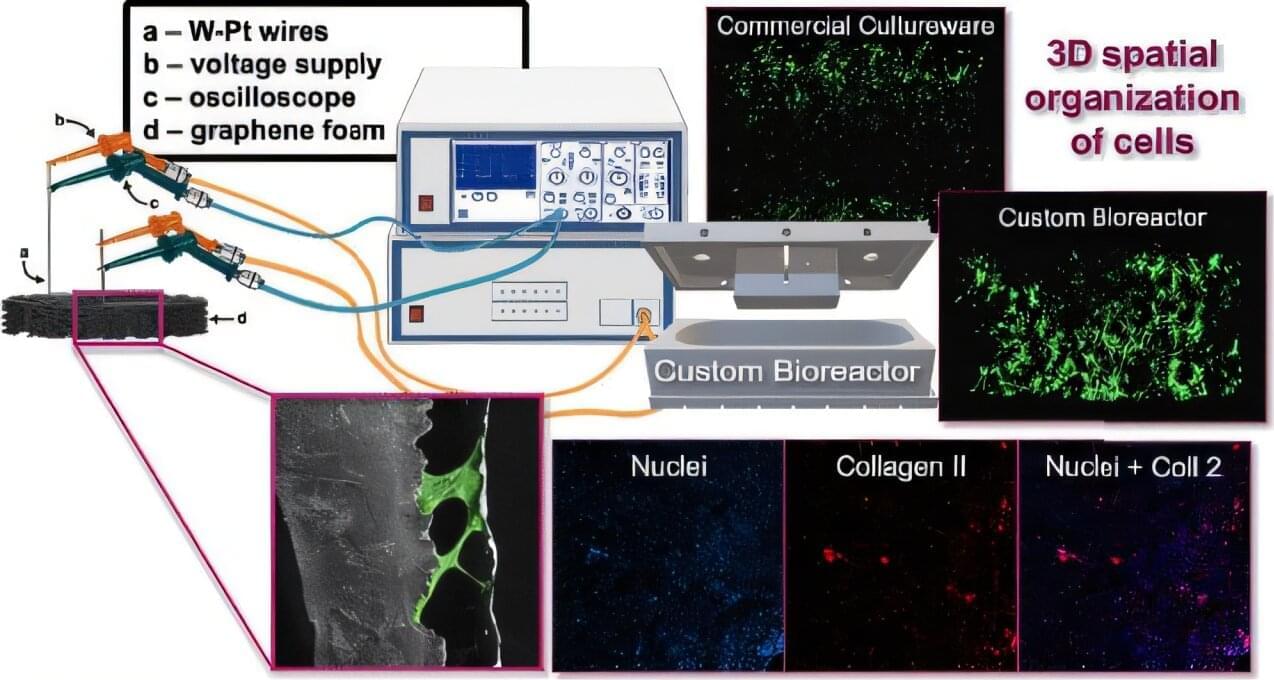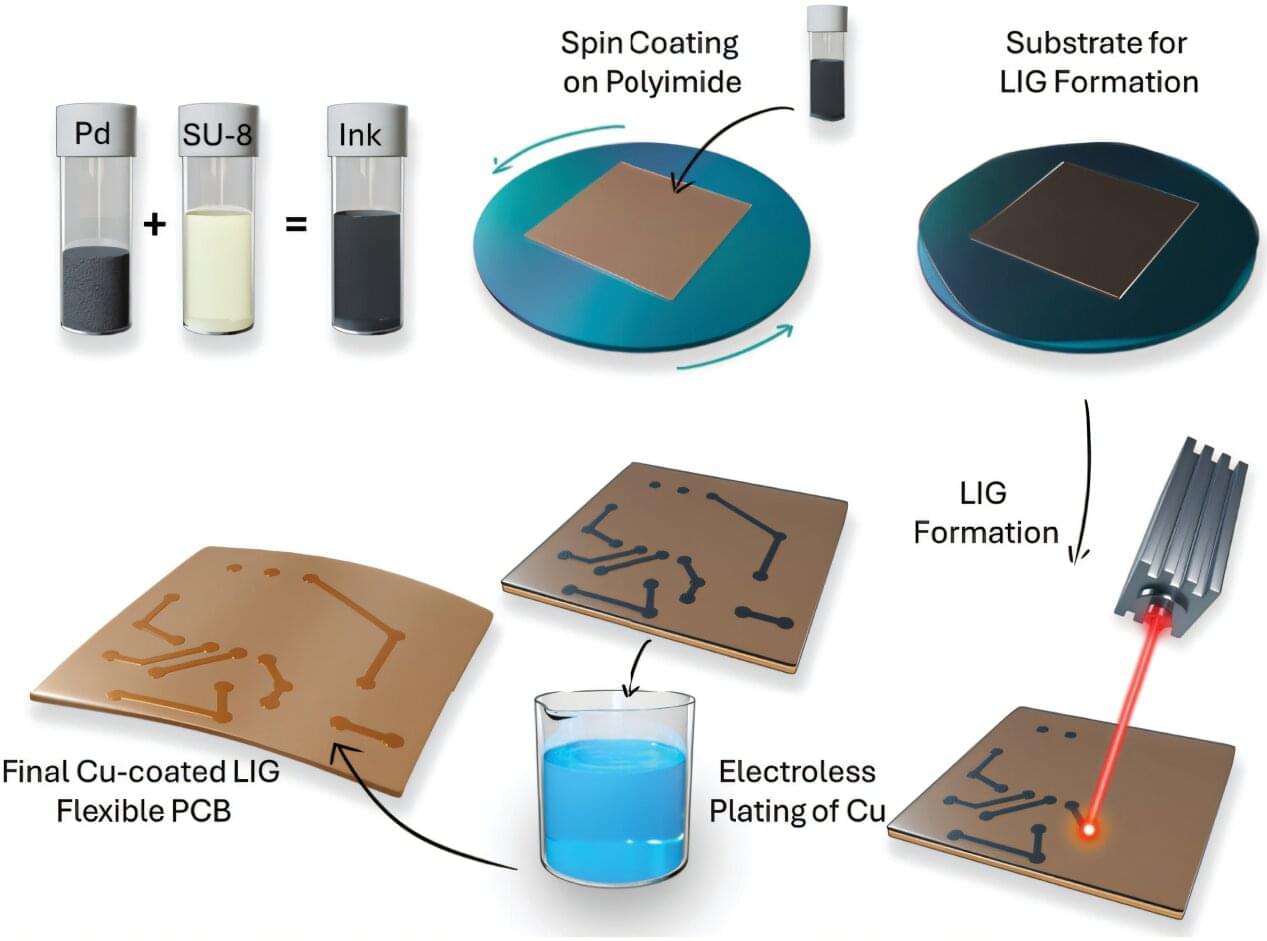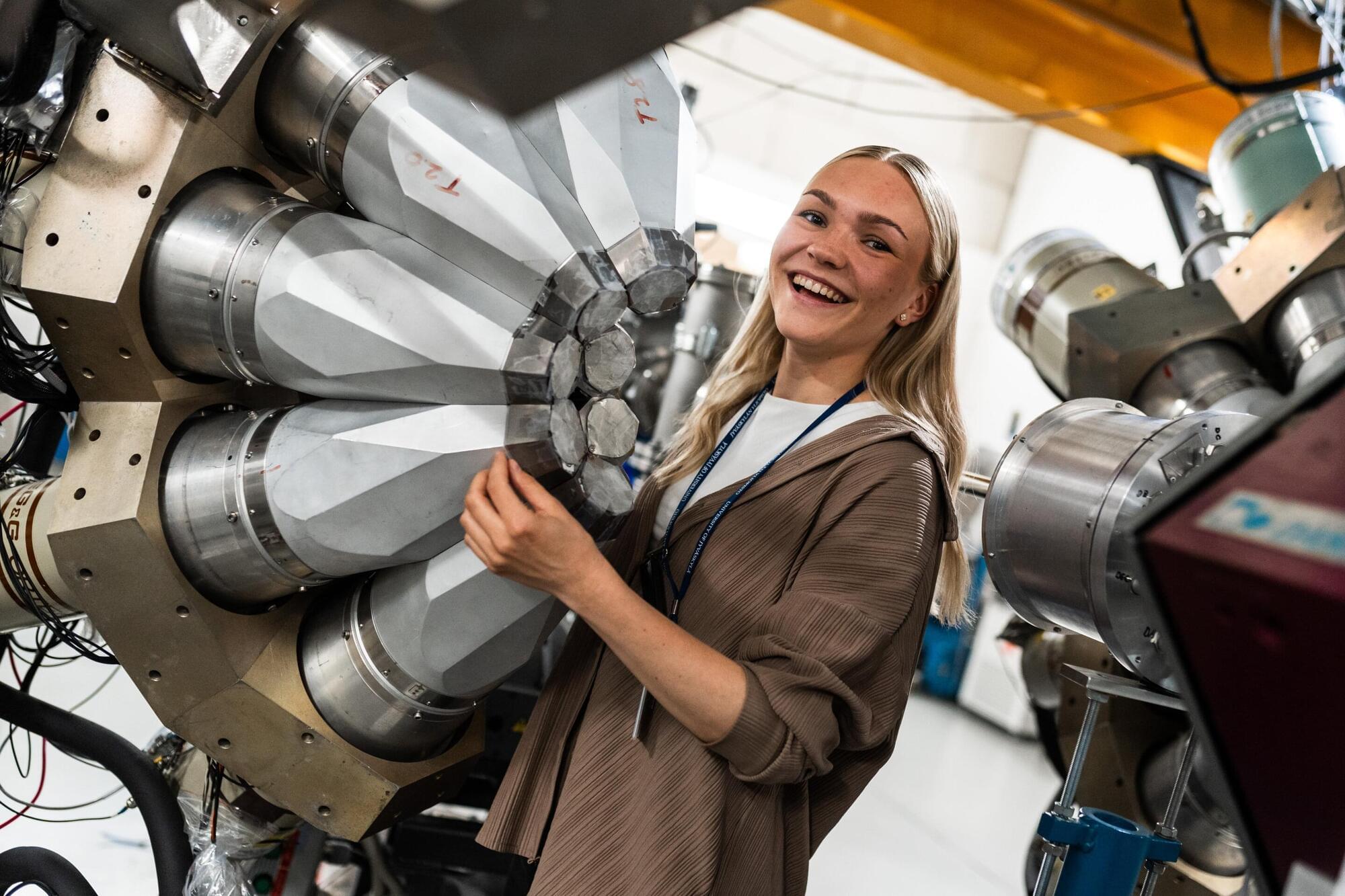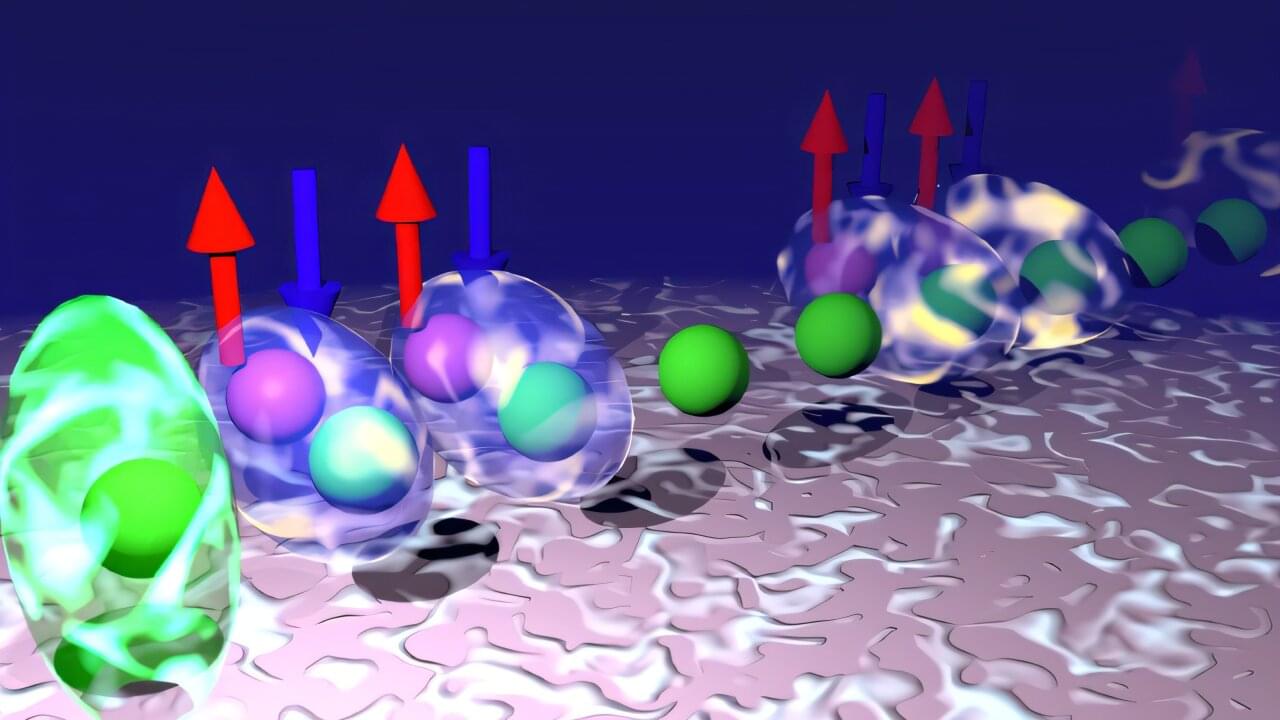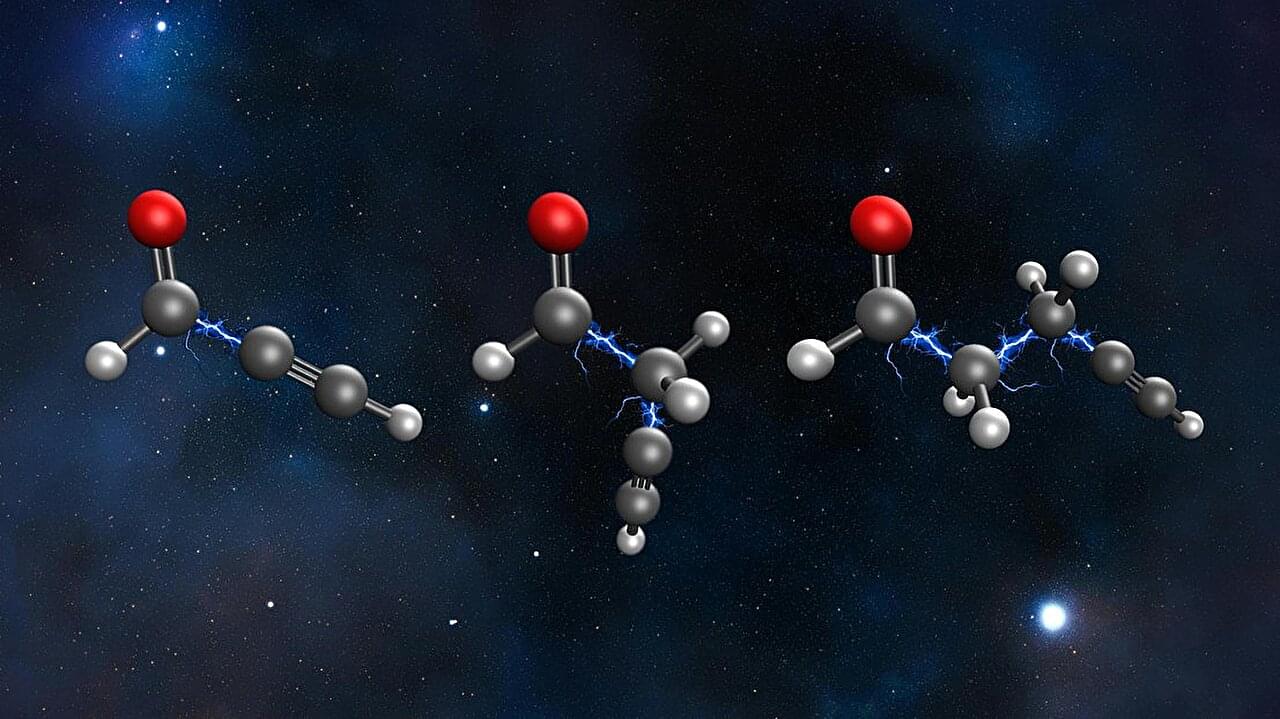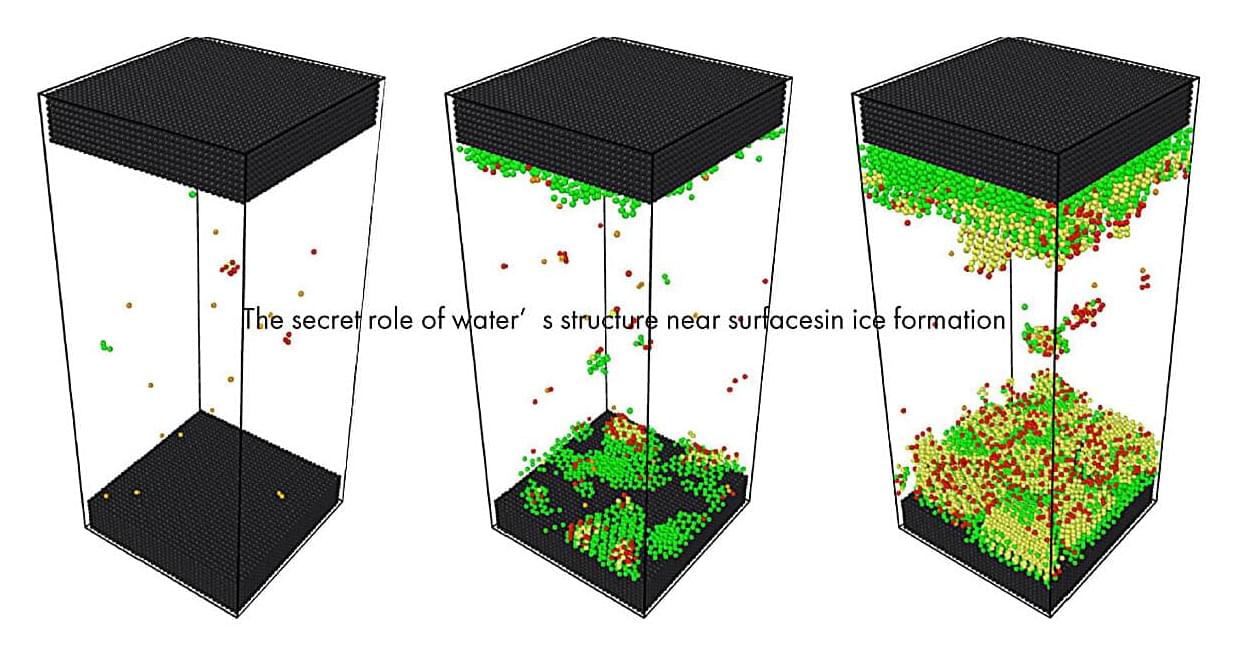Boise State University researchers have developed a new technique and platform to communicate with cells and help drive them toward cartilage formation. Their work leverages a 3D biocompatible form of carbon known as graphene foam and is featured on the cover of Applied Materials and Interfaces.
In this work, the researchers aim to develop new techniques and materials that can hopefully lead to new treatments for osteoarthritis through tissue engineering. Osteoarthritis is driven by the irreversible degradation of hyaline cartilage in the joints, which eventually leads to pain and disability, with complete joint replacement being the standard clinical treatment. Using custom-designed and 3D-printed bioreactors with electrical feedthroughs, they were able to deliver brief daily electrical impulses to cells being cultured on 3D graphene foam.
The researchers discovered that applying direct electrical stimulation to ATDC5 cells adhered to the 3D graphene foam bioscaffolds significantly strengthens their mechanical properties and improves cell growth —key metrics for achieving lab-grown cartilage. ATDC5 cells are a murine chondrogenic progenitor cell line well studied as a model for cartilage tissue engineering.
